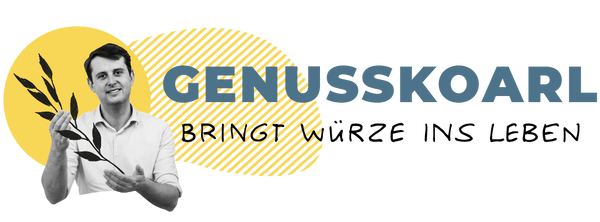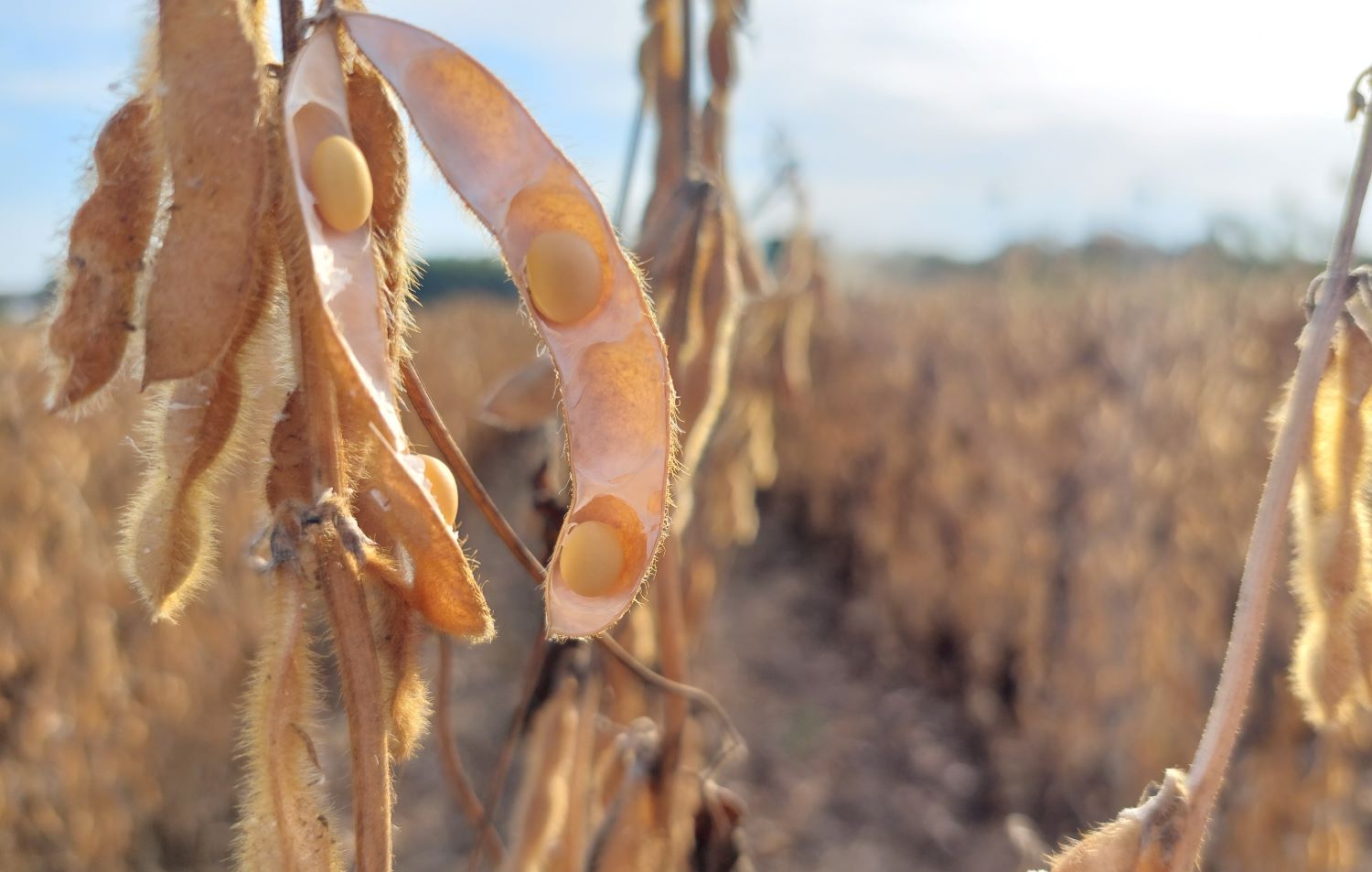
Organic soybeans from Austria
Grown in Austria since 1873
The soybean, which originally comes from China, has been cultivated in Austria since 1873. In recent years it has become increasingly important. The seeds of the soy plant are increasingly being used both for livestock farming and for human consumption.
The main growing areas in Austria are Lower Austria, which produces around 34% of the total soy harvest, followed by Burgenland and Upper Austria. Only around 40% of the soy produced in Austria is used for human nutrition, the remaining 60% is used as feed for livestock (Land Creates Life, 2022).
We source our soy entirely from the Lust-Sauberer organic farm in Schalladorf in the Weinviertel region of Lower Austria.
The soy plant, with its white to purple flowers, is a member of the legume family, which means that the seeds ripen in pods on the plant. Soy is particularly popular because of its high protein content. In addition to the good supply of protein, soy provides coverage of the eight essential amino acids for the human body and also has a high proportion of high-quality unsaturated fats (Koelle, 2022).

Sunny and warm conditions combined with loose soil that stores water well are optimal conditions for growing soy. Sowing takes place between mid-April and early May. The harvest time takes place between mid-September and the end of October. The soybeans are harvested after the plant has matured, which means that the leaves fall off and the plant turns brown (Land Creates Life, 2022).
What is special about legumes and therefore also soy is that these plants can generate a large part of their nitrogen requirements themselves. So-called nodule bacteria are responsible for this, which penetrate into the roots and continue to live symbiotically with the plant. Due to the injury to the root, it develops so-called nodules in which the invading bacteria then fix the absorbed nitrogen and make it available to the plant.
The cultivation of legumes is therefore not only beneficial for human and animal nutrition. The soy plant's own supply of nitrogen has a positive impact on the CO2 footprint of agriculture, as nitrogen fertilization generates a high proportion of agricultural greenhouse gases (Forum Bio- & Gentechnologie eV, undated).
Genusskoarl
Organic soy sauce
Share
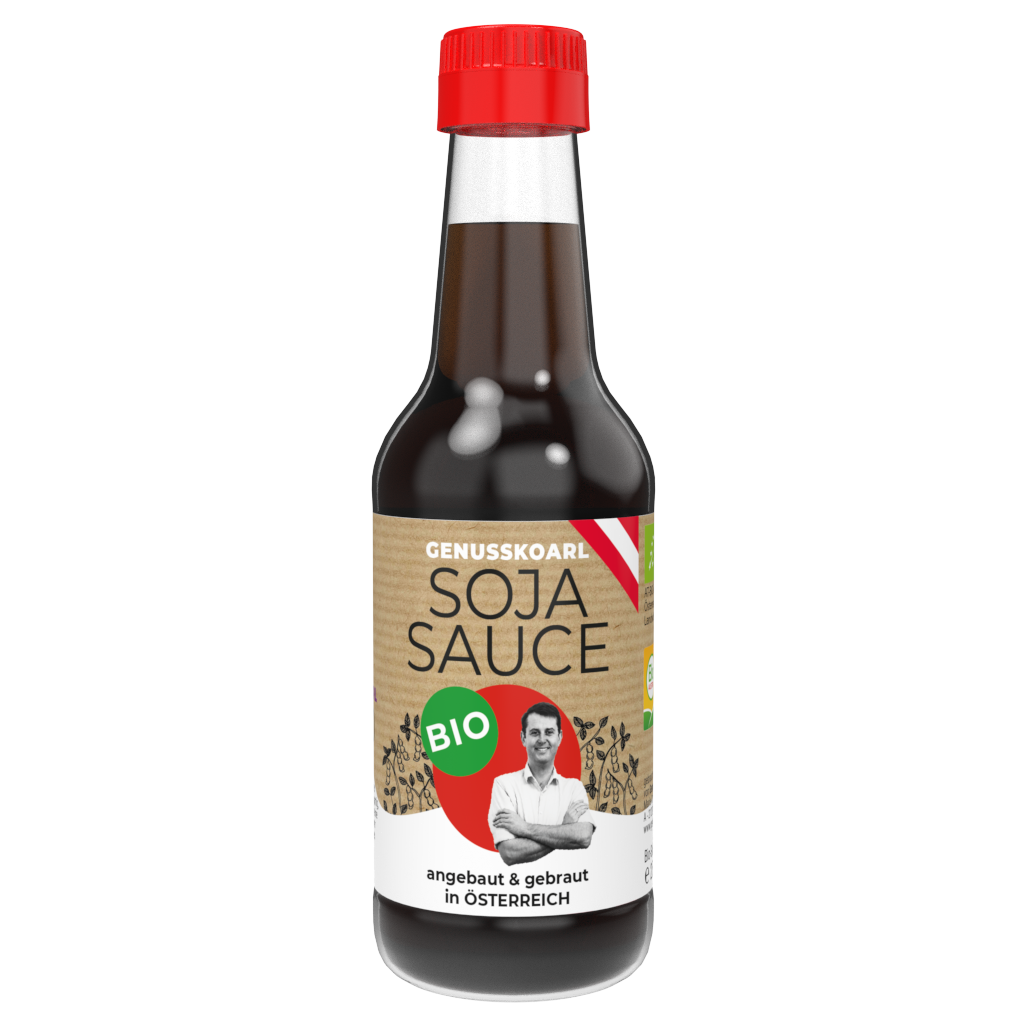
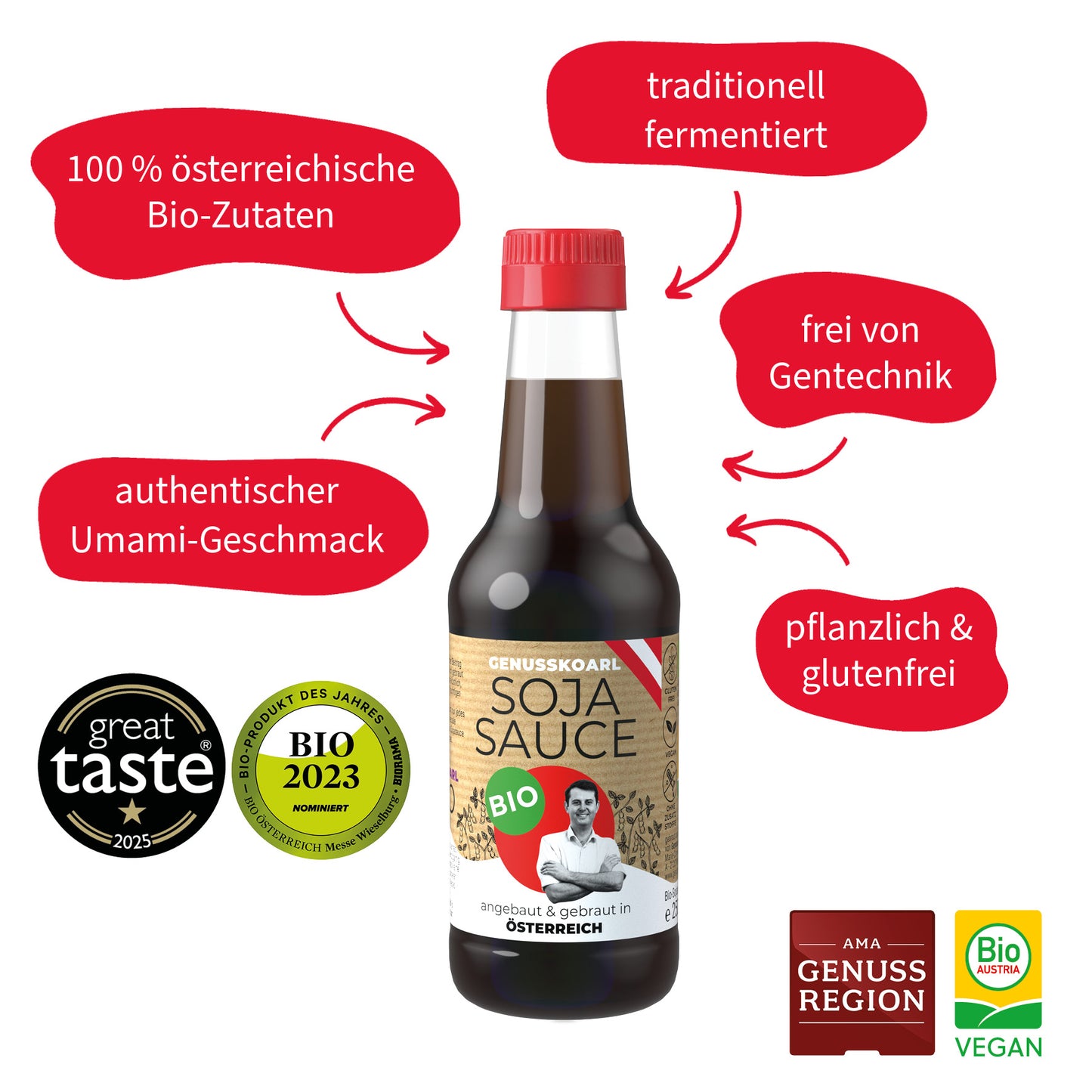
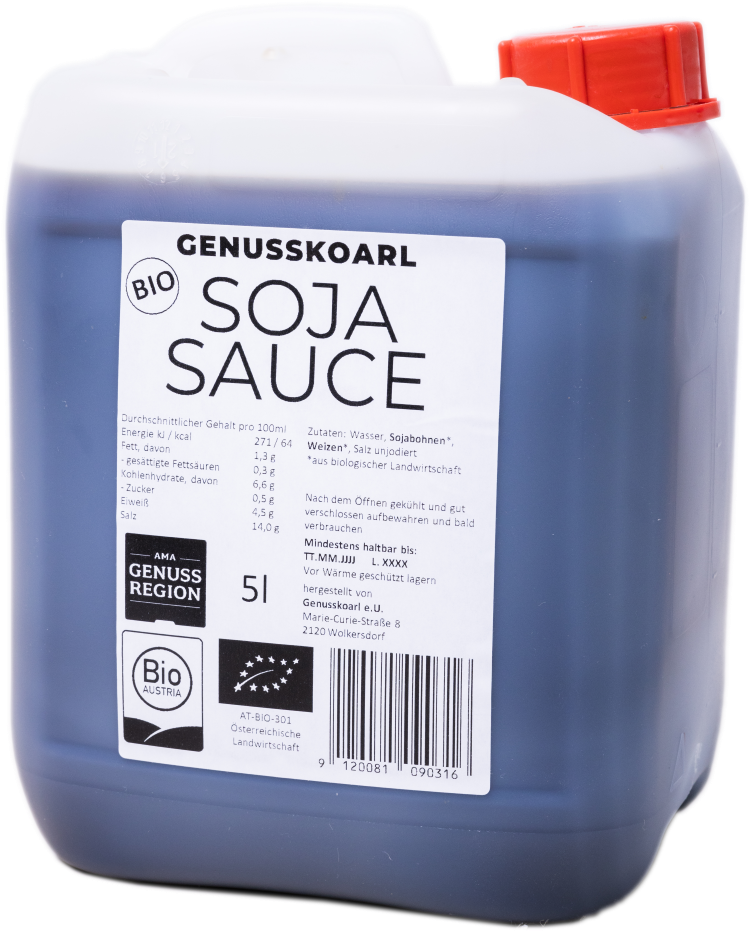
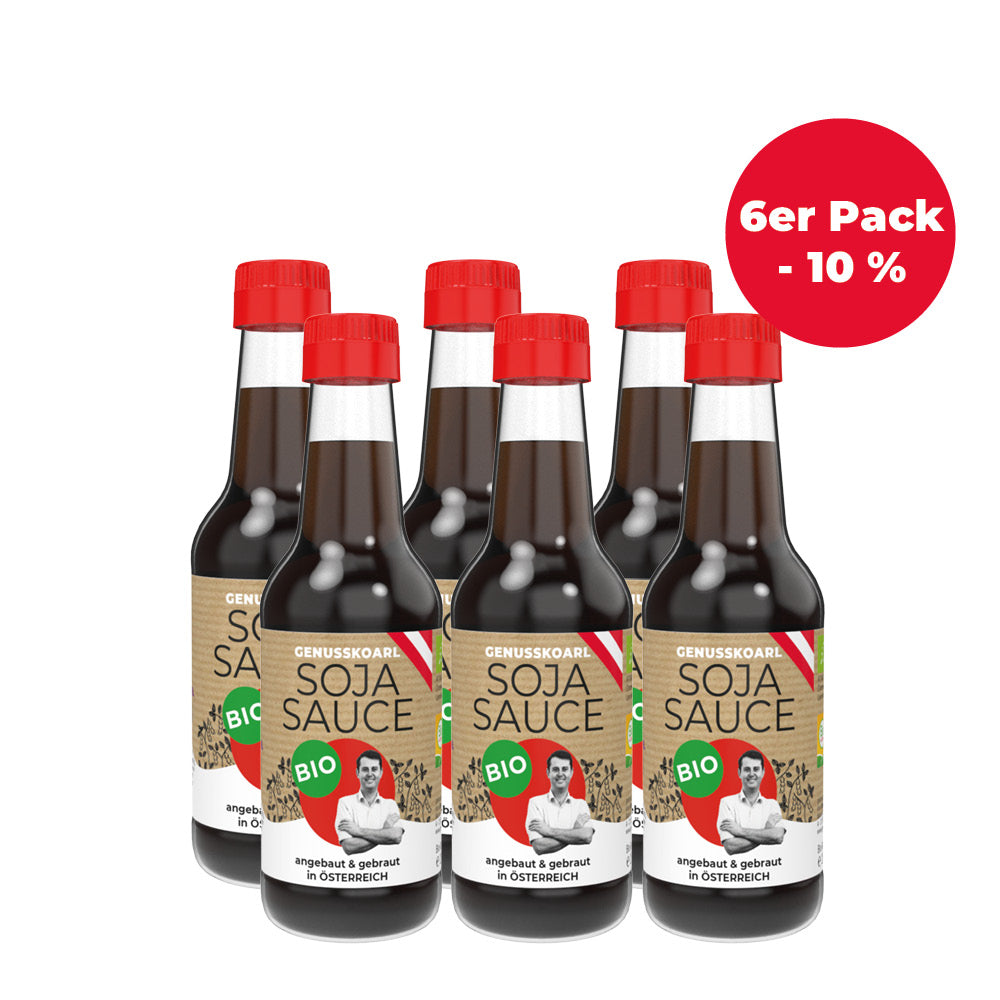
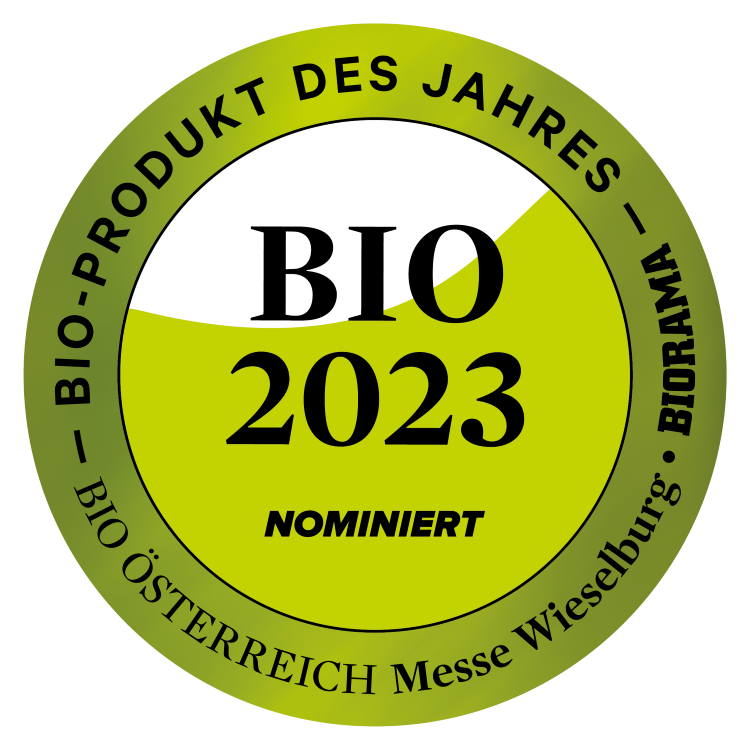

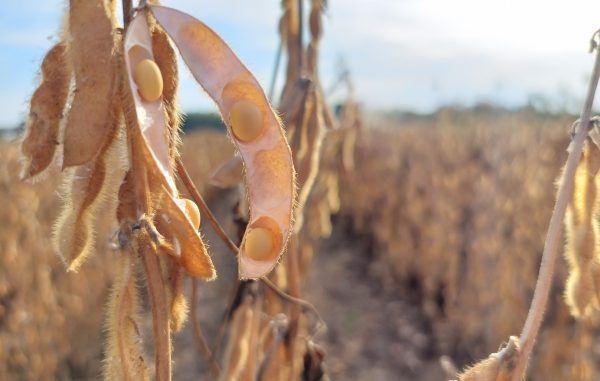
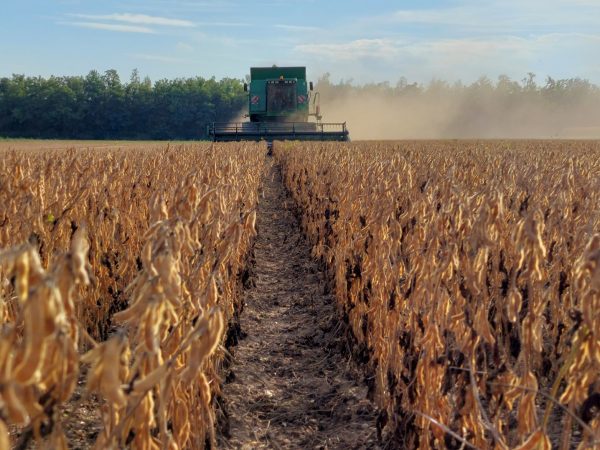
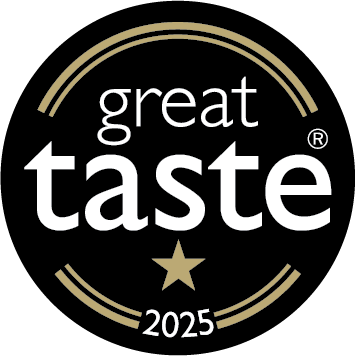
The Donau Soja association has a standard with the two logos Europe Soya and Donau Soja
created to easily show customers where the soy used to make the products comes from or where the animals were fattened and thus contribute to a sustainable lifestyle.
SOURCES:
Land creates life (2022). Facts about soy: data and facts. In: https://www.landschafftleben.at/bildung/factsheets/Factsheet%20SOJA%202022.pdf (accessed July 25, 2022)
Koelle, K. (2022). soybeans. In: https://eatsmarter.de/lexikon/warenkunde/soja-produkte/soja Bohnen (accessed July 25, 2022)
Forum Bio- and Genetechnology eV (n.d.). Soybean. In: https://www.transgen.de/lexikon-nutz plants/1900.soja.html# :~:text=Fr%C3%BCchte%3A%20Die%20zwei%20bis%20zwei,bei%20closed%20Bl%C3 %BCten%20excluded%C3%BCttet%20be (accessed July 25, 2022)
Souci, SW, Fachmann, W., & Kraut, H. (2016). Food composition and nutrition tables (No. Ed. 6). Medpharm GmbH Scientific Publishers.
